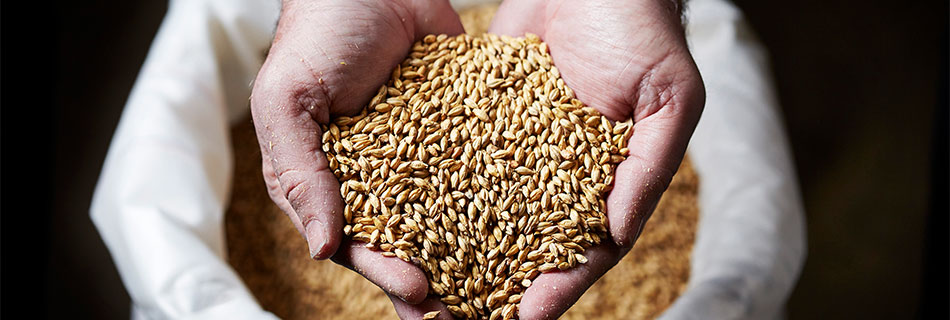Curious about how we make our malt? We’re an open book! Dive in to discover every step of our malting process. If you’re keen to explore a specific stage, simply click on the chapters below.
Farming | Steeping | Germination | Kilning | Caramelising | Roasting | Laboratory
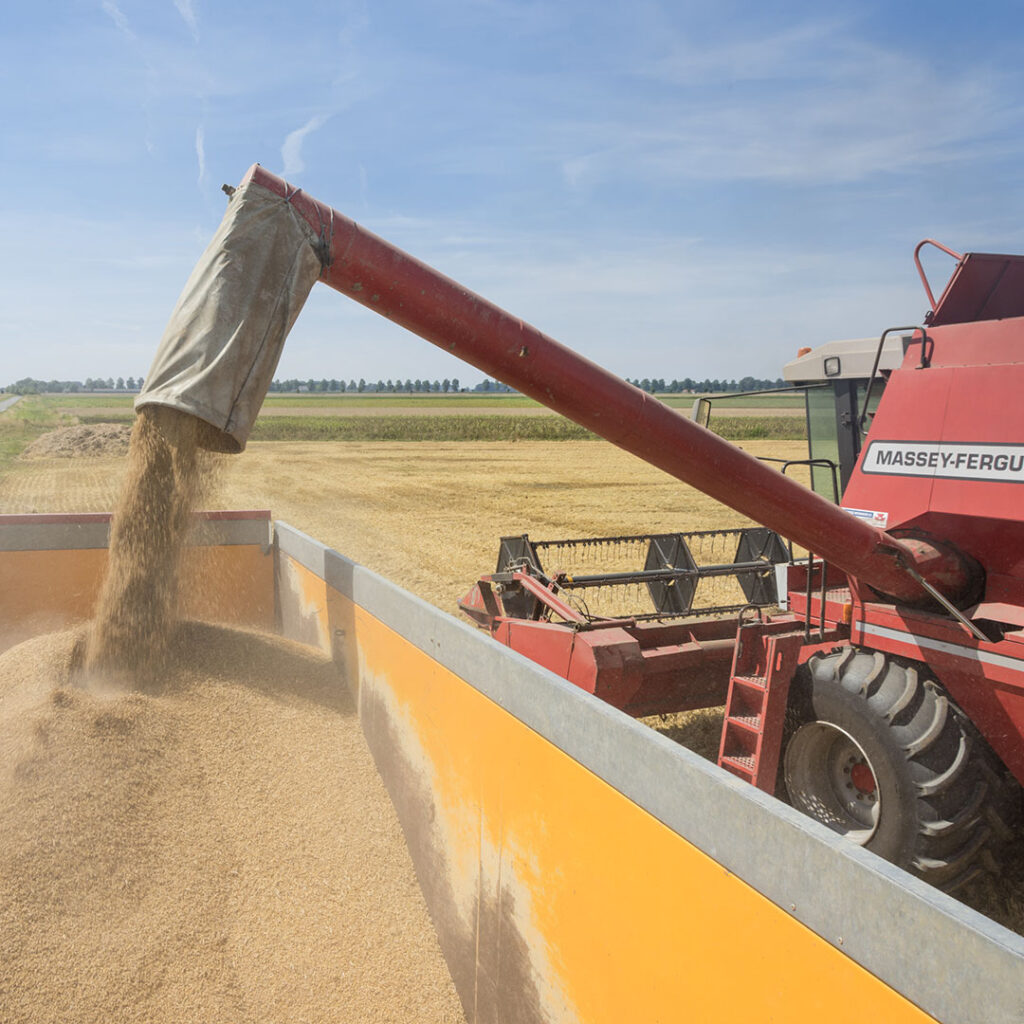
Farming
Great malt begins with great grain. Barley, wheat, rye, and other varieties lay the foundation for every beer. Transforming a simple kernel into liquid gold is no small feat – and it all starts with the craft of farming.
Since 2001, our malt house in Kloosterzande has partnered with the region’s top growers to enhance barley quality and build an optimal supply chain. As a result, this collaboration led to the creation of Growing The Swaen, a programme dedicated to sustainable agriculture.
High-quality, consistent raw materials are essential for brewing the best beer. Today, 30 to 40 farmers cultivate 200 to 300 hectares of barley for The Swaen each year, achieving an average yield of 8 tonnes per hectare. Thanks to our strong partnership, we can track quality at every stage of production and store barley separately – by variety, region, and supplier. This ensures a reliable supply of premium malting barley all year round.
Once the barley reaches full ripeness at the end of the growing cycle, farmers harvest it and transport it to The Swaen. Here, we store it in massive silos, where it patiently awaits its moment to shine.
Steeping
Before the malting process begins, the grain needs time to rest. Therefore, we store and dry it for several weeks to ensure optimal quality. After that, we thoroughly clean the grain, removing any excess material. However, nothing goes to waste – everything we collect is repurposed as animal feed.
With the grain well-rested and cleaned, it’s finally ready for the malting process to begin. The first step, known as steeping, involves immersing the grain in large water tanks to boost its moisture content. In addition, we carefully move the grain to ensure that every kernel absorbs water evenly and reaches its full potential.
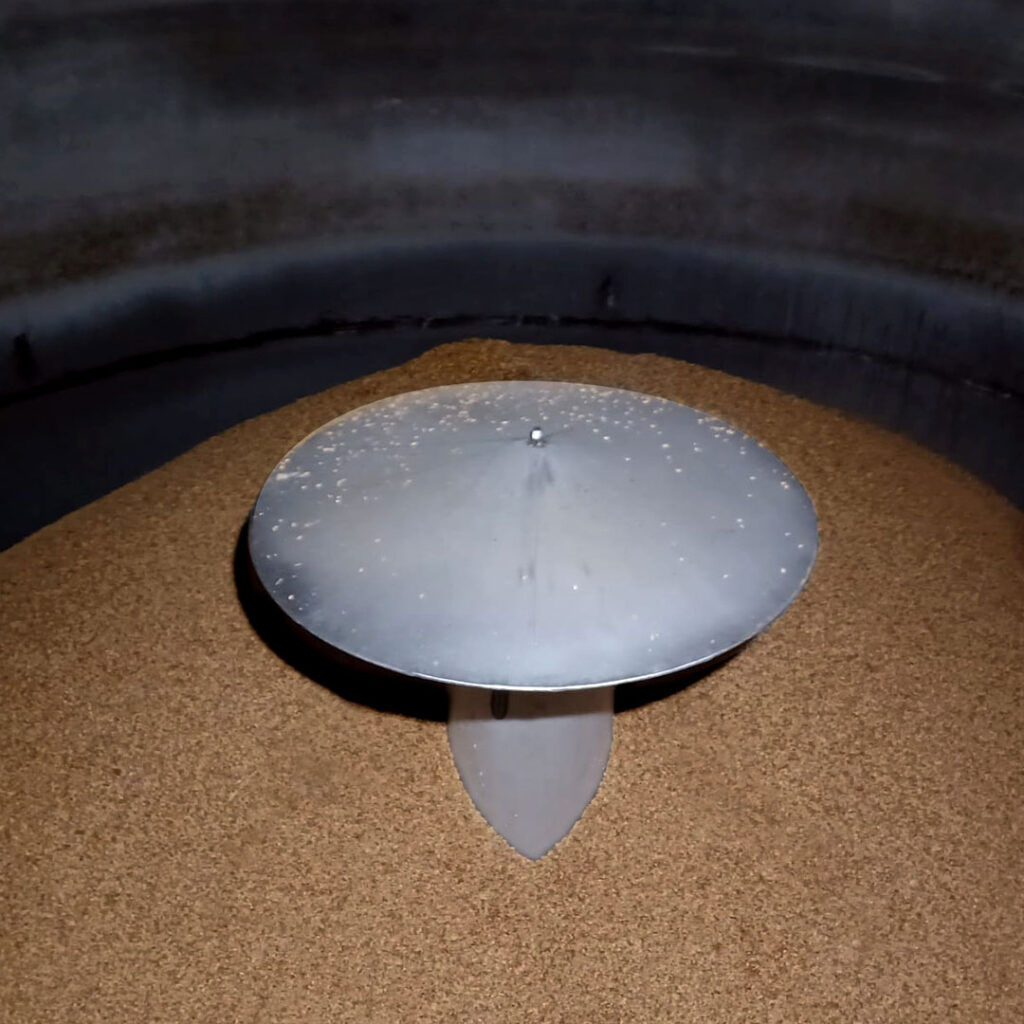
However, simply soaking the grain isn’t enough; dry periods are essential in between to prevent overwhelming the grain’s potential. Although water plays a key role, oxygen is just as crucial, as it allows the grain to breathe and helps to unlock the enzymes needed for brewing.
Steeping activates the enzymes required for brewing beer or distilling whisky. Typically, this stage lasts between one to two days. Once the grain reaches the ideal moisture content, it’s ready to germinate and is transported to one of our germination boxes.
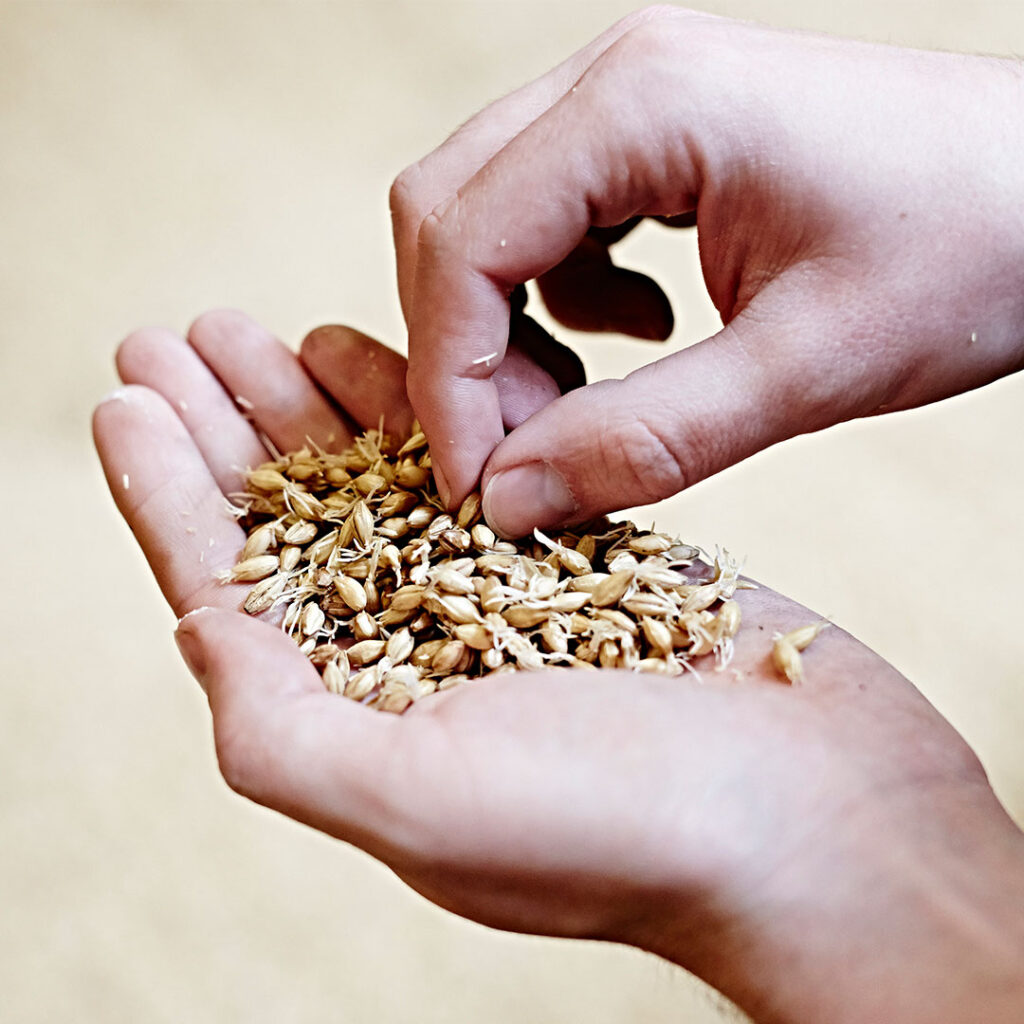
Germination process
Now, it’s time to bring the malt to life. Germination is the natural process where the grain begins to grow, and in our malt house, we replicate this process in a controlled environment. At The Swaen, we call it the science of malting – a place where traditional craft meets cutting-edge innovation.
In our germination boxes, including the advanced Lausmann germination avenue, the soaked grain begins to sprout. Here at The Swaen, we create the ideal conditions by carefully regulating temperature and humidity. Meanwhile, large screws gently turn the grain to ensure uniform development, giving each kernel the attention it needs.
This careful process ensures the quality of every malt we produce, from our base malts to the prestigious Platinum Swaen range. Moreover, the treatment the malt receives here directly influences the colour and flavour of the final beer.
It may sound technical, but the reason we germinate is simple – enzymes. These crucial enzymes convert starches into fermentable sugars, which are essential for brewing beer. Not only does this process affect alcohol content and flavour, but it also enhances the body and mouthfeel of the final beer. Once the germination period, typically lasting around three days, is complete, the malt is ready to be transferred to our brand-new kiln.
Kilning
Once germination reaches the desired point, we must stop it by drying the malt in our kiln – a specialised oven. To fully understand kilning, though, we need to look back at germination. While we want the grain to come to life, we don’t want it to complete the full natural growth process. Therefore, the kiln halts further development, preserving the enzymes while ensuring the malt is ready for brewing.
To ensure the right amount of fermentable sugars, we must stop the process at just the right moment. Kilning achieves this by first drying the germinated malt and then heating it to create the perfect building block for your beer. During this phase, we also develop the desired flavour and colour characteristics of the malt. This is known as modification, which measures the enzymatic activity essential for brewing.
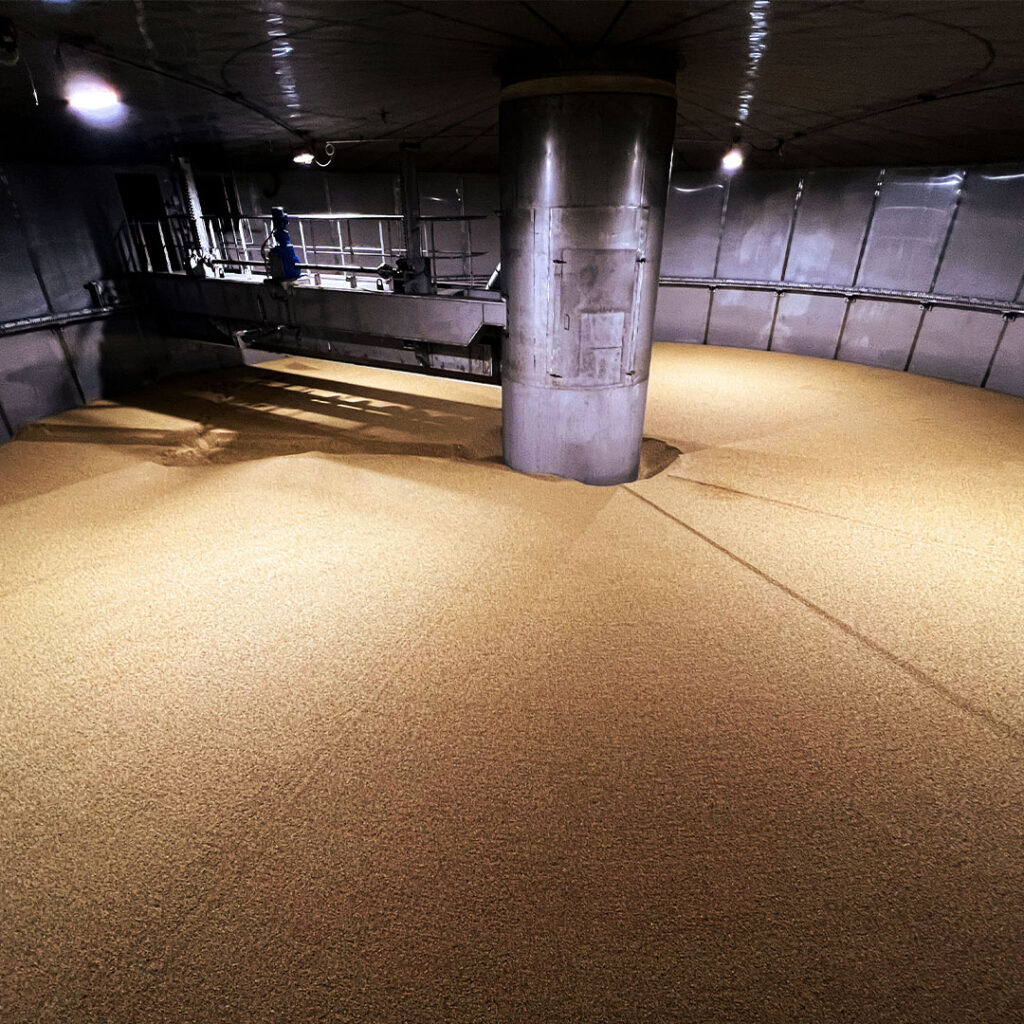
Our advanced kiln gives us the flexibility to produce large quantities of malt while making precise adjustments for each batch. For example, Swaen Pilsner requires a specific procedure to ensure the right amount of fermentable sugars for the perfect base malt. In contrast, Black Swaen Honey Biscuit requires a different approach, focusing more on flavour and colour as it prepares for roasting.
Once the malt has been kilned to the desired specifications, it is cooled to prevent further development and stored in our silos. At this point, our Swaen base malts are ready. However, for Black Swaen roasted malts, an additional step follows.
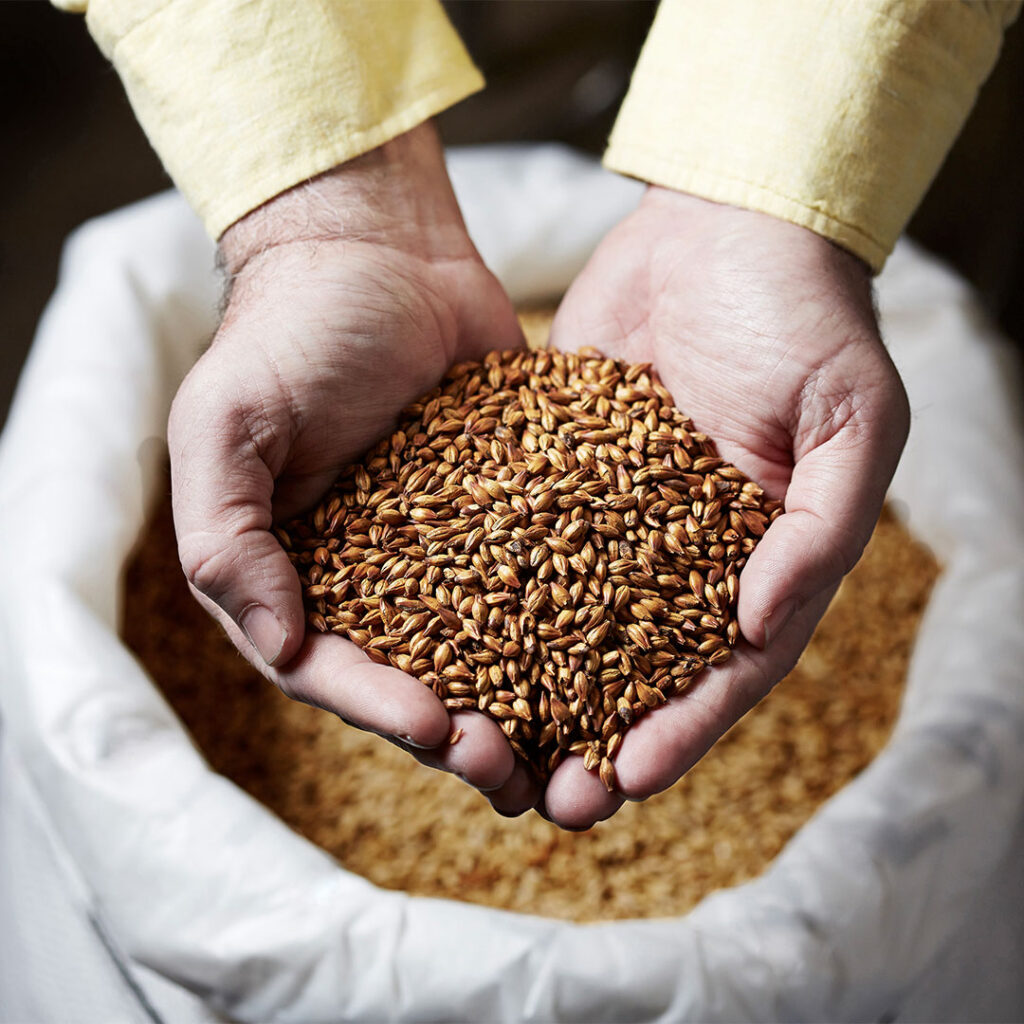
Caramelising process
It’s important to note that the terms caramel malt and crystal malt are often used interchangeably. While caramel malt is the preferred term in continental Europe and by many international maltsters, crystal malt is more commonly used in the UK and US. However, the product itself varies greatly depending on the equipment used. For instance, caramel malt produced in a drum roaster with moisture control differs significantly from that made in a kiln.
The production of exceptional caramel malt relies on three key elements: sugar, heat, and moisture. The process begins with barley—or any other grain—undergoing steeping and germination to produce green malt.
Once we have green malt, still moist, it undergoes saccharification at temperatures between 60-80°C (140-176°F) in our Probat drum roaster. During this stage, starches are converted into sugars. Following complete starch conversion, we rapidly increase the temperature to 110-165°C (230-329°F) to initiate caramelisation. It’s crucial to note that caramelisation doesn’t begin until the temperature reaches 110°C (230°F). Before that, darkening occurs due to the Maillard Reaction, which starts around 60°C (140°F).
Probat drum roaster
At the core of our caramelisation process lies our state-of-the-art Probat drum roaster. This exceptional piece of equipment drives a dynamic process as the drum continuously rotates. Meanwhile, specially designed blades ensure that the malt is mixed evenly, guaranteeing that every kernel receives equal attention. It’s worth mentioning that while many malt houses claim to produce caramel (or crystal) malts, very few actually have the proper equipment to do so effectively.
However, it’s not just about motion – it’s also about precision. Our roaster allows us to carefully monitor and adjust both temperature and moisture levels throughout the process. As a result, saccharification and caramelisation occur uniformly across the entire batch, producing a consistently high-quality product every time.
Our range of specialty caramel malts, known as Gold Swaen, reflects our dedication to excellence. Each batch undergoes precise saccharification and caramelisation, creating complex flavours that range from a subtle caramel sweetness to delicate hints of soft toffee. Moreover, these malts enhance a beer’s body, mouthfeel, and foam stability. At The Swaen, we are proud to offer a wide variety of caramelised malts, ranging from 20 EBC (8°L) to 450 EBC (169°L).
Roasting process
Roasting kilned malt delivers an entirely different outcome. But why roast malt? Primarily, brewers of Porters and Stouts appreciate the deep colours, bold aromas, and rich flavours it provides. However, roasted malt is not limited to brewing; it’s also used in baking bread. Nevertheless, roasted malt should always be used in combination with other malts to achieve a well-rounded and balanced final product.
Our Black Swaen roasted malt offers a variety of flavour profiles, including biscuity, bready, and – of course – roasty notes. Depending on the variety, you might also detect hints of chocolate, coffee, toffee, and nutty undertones. Additionally, the colours range from a warm biscuity brown to a deep pitch black, depending on the duration and temperature of the roasting process.
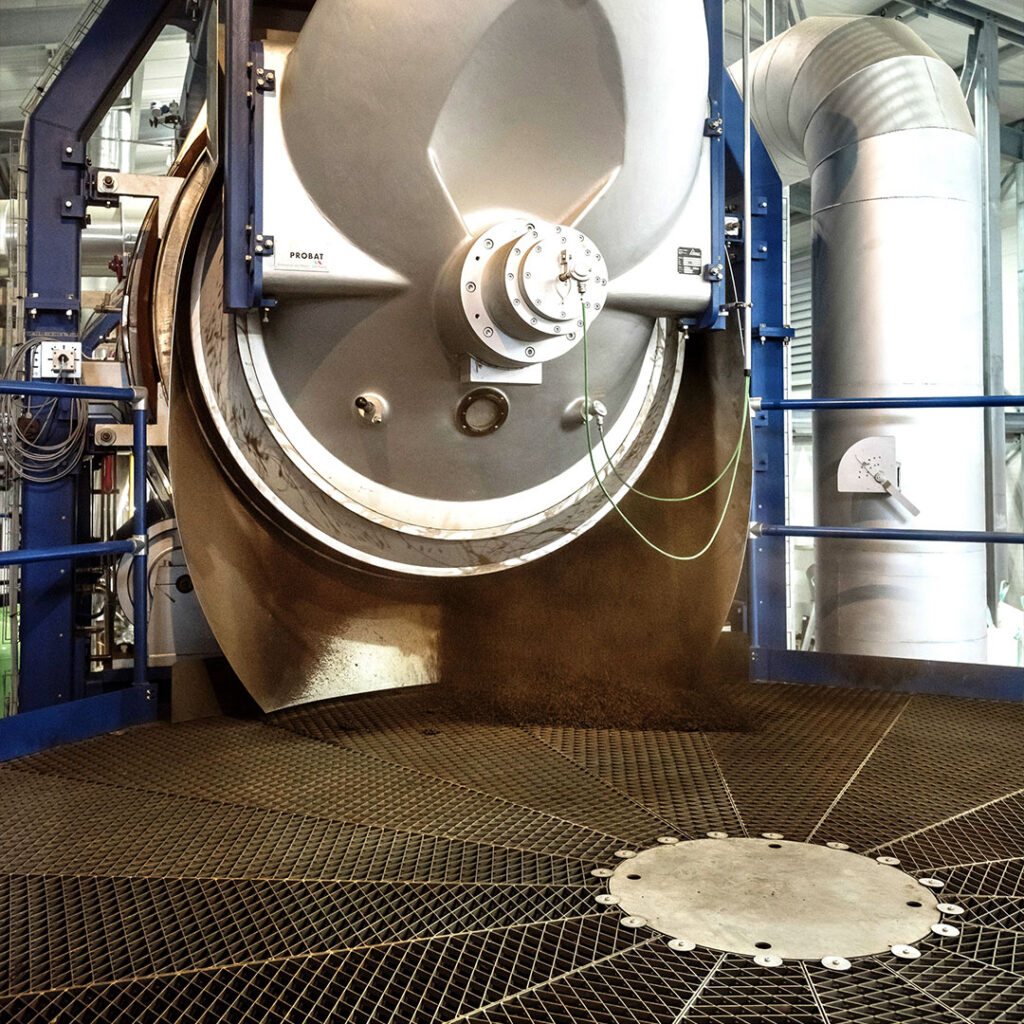
Now that we’ve covered the why, let’s dive into the how. This is where our impressive Probat drum roaster comes into play. Designed specifically for The Swaen, it remains the largest in the business, with a capacity of 4 metric tonnes. During the roasting process, cereals or finished malts are heated to high temperatures—up to 235°C. Thanks to the roaster’s advanced technology, we achieve perfect temperature control and even distribution, ensuring a consistently homogenous malt.
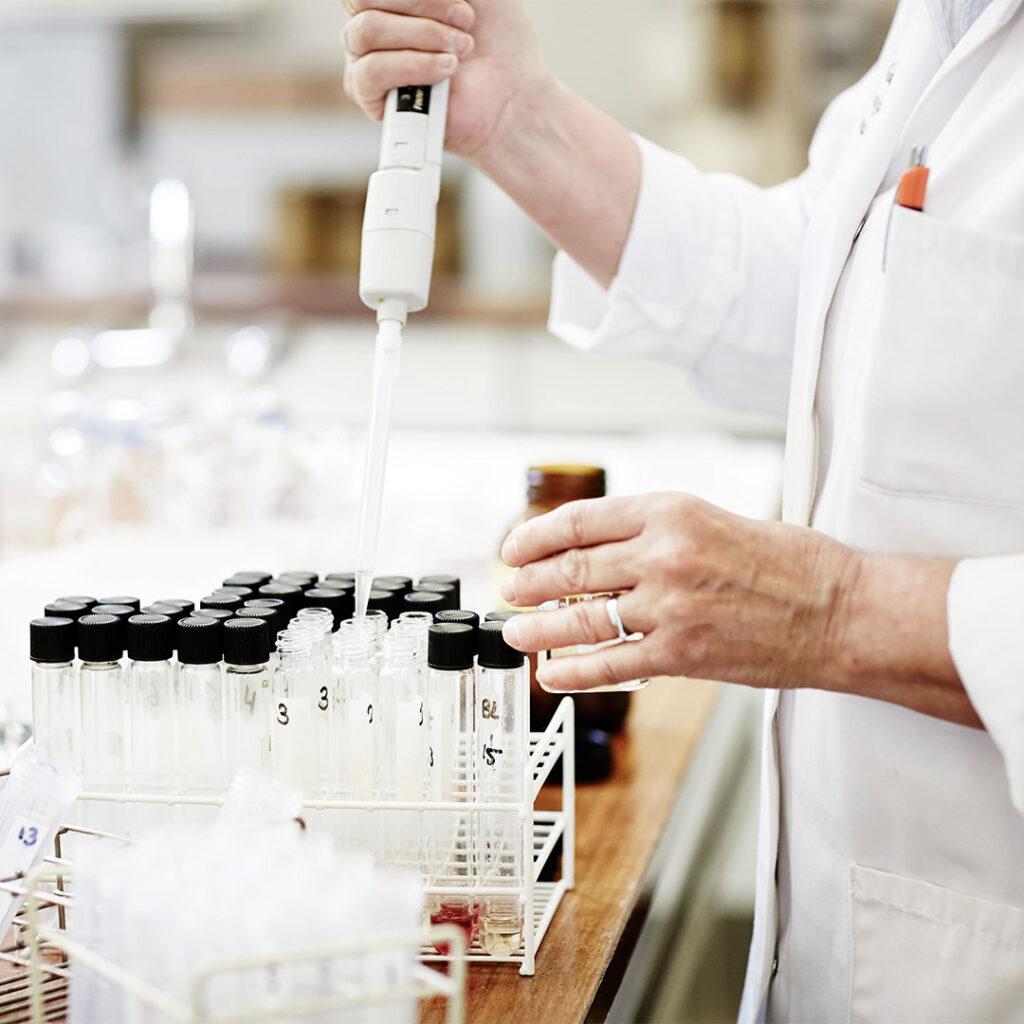
Laboratory testing
Throughout every stage of the process, we continuously test the quality of our malt. Even before unloading the grain, we ensure it is free from inconsistencies. If everything checks out, multiple samples are sent to our on-site laboratory, where moisture and protein levels are thoroughly examined.
Once a silo is completely filled, we conduct a full analysis. Our laboratory technicians carefully examine every aspect of the grain, helping us determine the best production methods for each batch.
Only once everyone approves do we begin the malting process. Moreover, at every step, we closely monitor quality. For example, during germination, we test moisture levels and germination energy to ensure the malt reaches its full potential. Once we are satisfied, we perform a comprehensive malt analysis for each batch to guarantee consistency.
Before bulk deliveries are sent out, another malt analysis is conducted. The same goes for samples taken from the bagging line. This rigorous testing allows us to trace every step of our process and quickly address any customer concerns with confidence.

